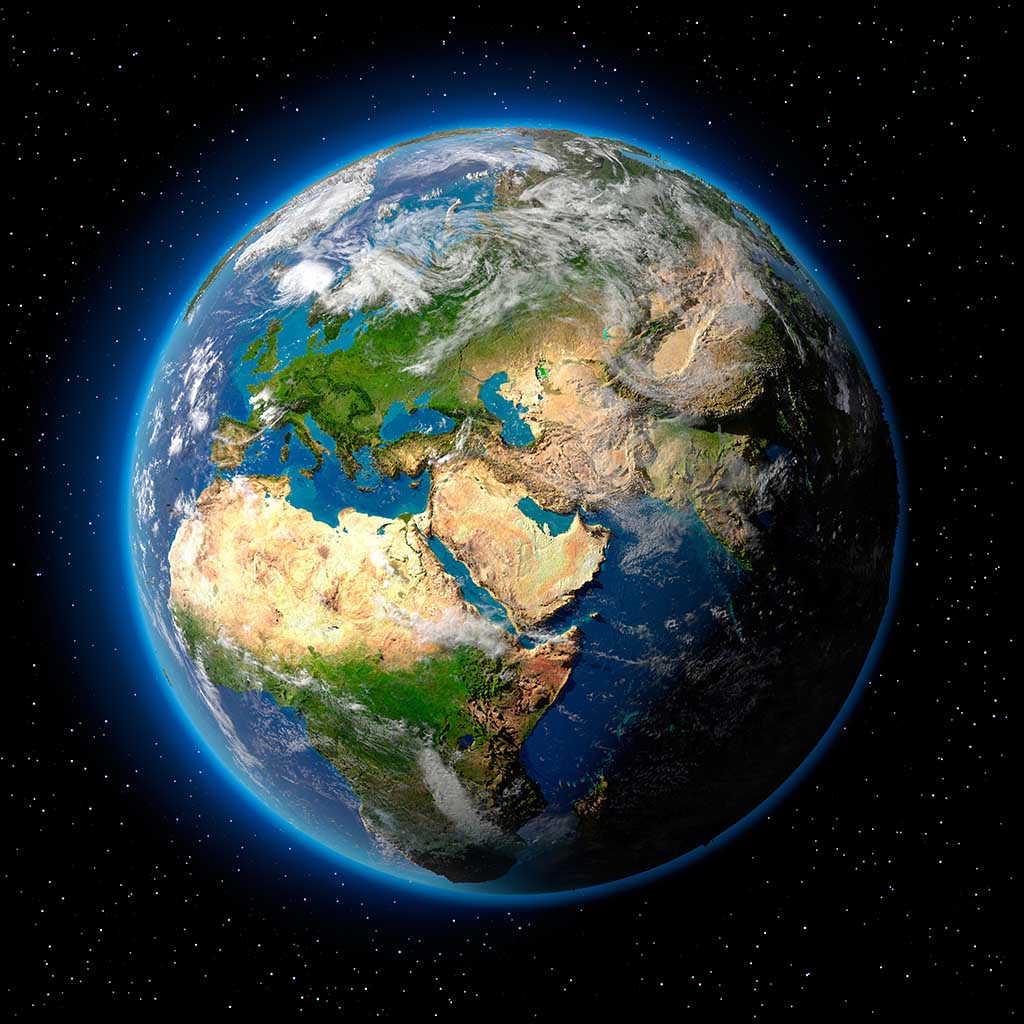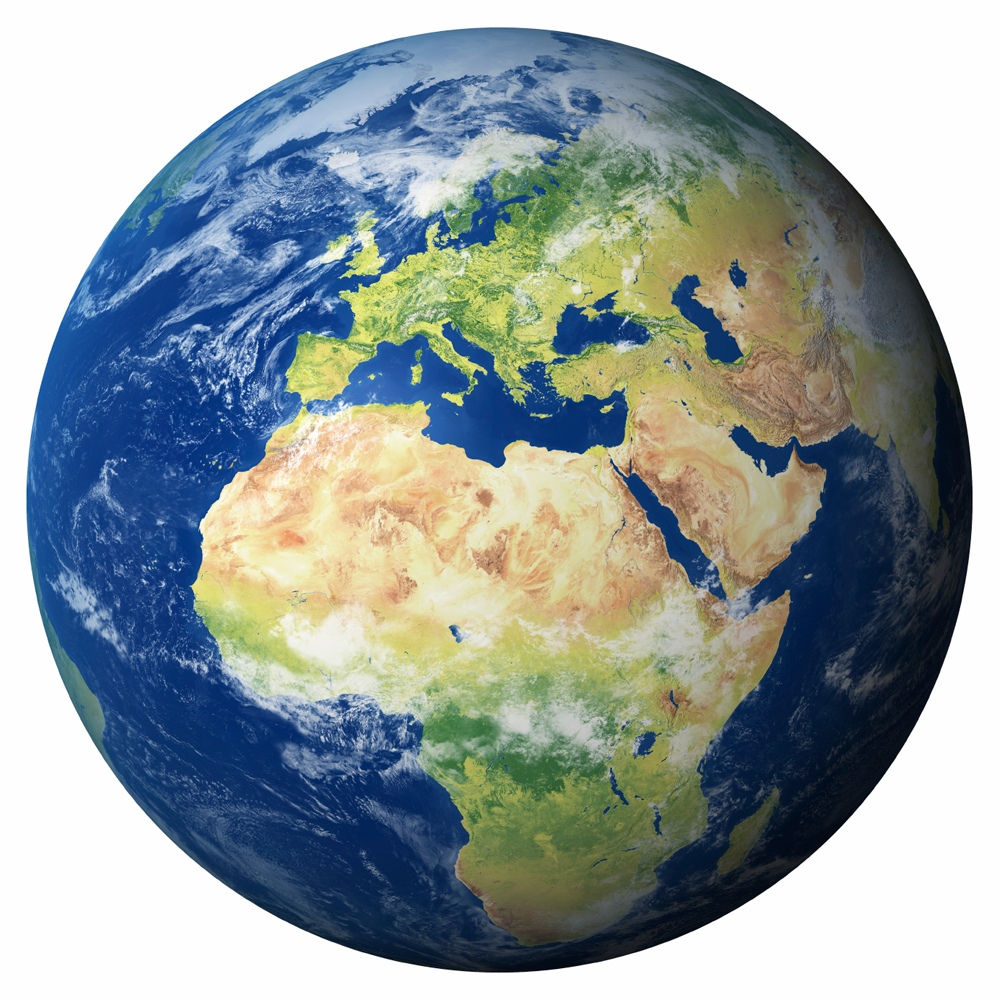A Beautiful Ship in the Sky Pitara Kids Network

Rangking: 51
Size: 124.6KB
Width: 1024
Height: 1024
7. Earth, Our Home Land: A New Paradigm for a Thriving World

World Astronomical symbol of EarthTypically the Blue Marble, the first full-view photograph of the planet, was captured by astronauts en route to the Moon in 72
Earth is the third planet from the Sun and the only astronomical thing known to harbor life. In accordance with radiometric dating and some other sources of evidence, Earth formed over 4. 5 billion years ago. Globe's gravity treats other items in space, especially the Sun and the Moon, Earth's only natural satellite tv. Earth revolves around the Sun in 365. 26 times, a period known as an Earth year. During this time, Earth rotates about its axis about 366. 26 times.
Earth's axis of rotation is tilted with respect to its orbital plane, producing seasons on the planet. The gravitational interaction between Earth and the Moon causes ocean tides, stabilizes Earth's alignment on its axis, and gradually slows its rotation. Earth is the densest planet in the Sun System and the largest of the four terrestrial planets.
Earth's lithosphere is divided into several rigid tectonic plates that move across the surface over periods of many millions of years. About 71% of Earth's surface is covered with water, mostly by oceans. The 29% is land consisting of areas and islands that together have many lakes, waterways and other sources of water that contribute to the hydrosphere. Nearly all Earth's polar regions are included in ice, such as the Antarctic ice sheet and the sea ice of the Arctic ice pack. Earth's interior remains active with a solid iron internal core, a liquid external core that generates the Earth's magnetic field, and a convecting mantle that drives plate tectonics.
Within just the first billion years of Earth's history, life appeared in the seas and began to influence the Earth's atmosphere and surface, leading to the proliferation of aerobic and anaerobic organisms. Some geological evidence indicates that life could have arisen as much as 4. 1 billion dollars years ago. Since then, the mixture of Globe's distance from the Sunshine, physical properties, and geological history have allowed life to evolve and prosper. In the great the Earth, biodiversity has long gone through long periods of expansion, occasionally punctuated by mass extinction events. Over 99% of most species that ever lived on Planet are extinct. Estimates of the number of types on the planet today vary broadly; most species have not been described. Over 7. 6 billion humans live on Earth and rely on its biosphere and natural resources for their survival.[40] Humans allow us diverse societies and ethnicities; politically, the world has about 200 sovereign declares.
The modern English word Planet developed from a broad variety of Middle English forms, which derived from a classic English noun most often spelled eorðe. This has cognates in most Germanic language, and their proto-Germanic root has been reconstructed as *erþō. In its earliest appearances, eorðe was already being utilized to convert the many senses of Latin terra and Ancient greek language γῆ (gē): the earth, its soil, dry land, a persons world, the surface of the world (including the sea), and the world itself. As with Terra and Gaia, Earth was a personified goddess in Germanic paganism: the Angles were listed by Tacitus as among the devotees of Nerthus, and later Norse mythology included Jörð, a giantess often given since the mommy of Thor.
Originally, planet was written in lowercase, and from early Middle English, its definite sense as "the globe" was expressed as the planet. By Early Modern The english language, many nouns were made a fortune, and the earth became (and often remained) the Earth, particularly when referenced alongside with other heavenly bodies. More recently, the name is sometimes simply given as Earth, by example with the names of some other planets. House styles now vary: Oxford spelling identifies the lowercase form as the most common, with the capitalized form an acceptable variant. Another convention capitalizes "Earth" when appearing as a name (e. g. "Earth's atmosphere") but writes it in lowercase when preceded by the (e. h. "the atmosphere of the earth"). It almost always appears in lowercase in colloquial expressions such as "what on earth are you doing? ".
